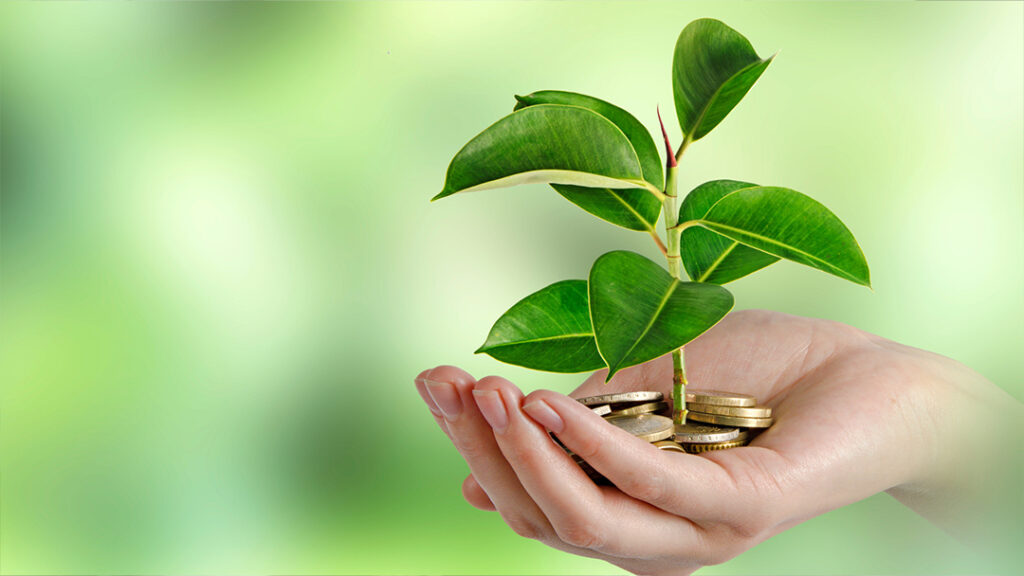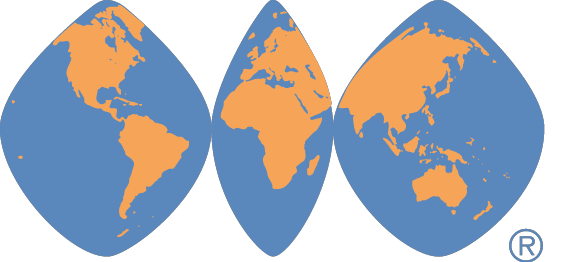As the world undergoes a critical transformation towards sustainable energy and environmental stewardship, more and more investors are eager to align their financial goals with their values. Green investing allows you to play an active role in this movement by directing your capital towards companies and projects that have a positive impact on the planet.
But how do you start building a green portfolio? Whether you’re driven by environmental concerns, economic opportunities, or risk mitigation, this guide will help you navigate the first steps of green investing.
What is Green Investing?
Green investing refers to putting your money into companies, funds, or projects that are designed to generate positive environmental outcomes. These investments focus on industries and technologies that aim to reduce carbon emissions, conserve natural resources, or otherwise support sustainable development. There are multiple approaches to green investing:
ESG Integration
This involves evaluating investments based on Environmental, Social, and Governance (ESG) factors. Investments are screened to remove companies with poor environmental performance while keeping those that meet certain sustainability criteria.
Thematic Investing
Focuses on specific green economy sectors like renewable energy, waste management, or sustainable agriculture. The goal here is to support firms actively working towards environmental solutions.
Impact Investing:
Seeks a dual return: both financial gains and measurable social or environmental impact. These investments often target niche markets or private companies driving innovation in sustainability, such as renewable energy start-ups or sustainable infrastructure projects.

Why Green Investing?
There are several compelling reasons to adopt a green investing approach:
- Environmental Responsibility: Climate change, rising sea levels, and shrinking biodiversity are pressing global issues. Green investing allows you to contribute to a cleaner, more sustainable world.
- Economic Potential: The green economy is booming. According to some estimates, it could add over £7.5 trillion to global GDP by 2050. Companies involved in clean energy, electric vehicles, and green technology are seeing rapid growth, offering lucrative opportunities for investors.
- Risk Mitigation: Companies with weak environmental practices face increased risks of legal action, boycotts, and reputational damage. Green investing helps reduce exposure to these risks by focusing on firms with strong environmental credentials.
Building Your Green Portfolio
Starting your green portfolio doesn’t mean abandoning traditional investment principles. Instead, it involves applying an environmentally conscious lens to your financial decisions while maintaining balance and diversification. Here’s how you can build a portfolio that aligns with your values and financial goals:
1. Asset Allocation
Your green portfolio begins with determining how to allocate your investments across different asset classes such as stocks, bonds, and alternatives. Asset allocation depends on your personal goals, time horizon, and risk tolerance. Green investing still adheres to the basic investment rule: don’t put all your eggs in one basket.
For example, younger investors with a long-term perspective may allocate more to growth-oriented green stocks, while more conservative investors nearing retirement might prefer safer green bonds.
2. Investment Selection
Once your asset allocation is established, the next step is selecting the right investments within each class. A range of options is available, from environmentally-focused mutual funds and ETFs to direct investments in companies or projects contributing to sustainability.
- Green Stocks: These can range from individual companies working in renewable energy or clean technology to broader ESG-screened stock funds. If you’re looking for growth potential, thematic funds focused on sectors like solar energy, electric vehicles, or carbon capture may be attractive.
- Green Bonds: Bonds are a good way to bring stability to your portfolio. Green bonds finance environmentally friendly projects like energy-efficient buildings or water conservation. The market for green bonds is growing, with many offering tax benefits in addition to steady returns.
- International Investments: The transition to green energy is a global effort, and investment opportunities extend beyond your home country. For instance, Europe is a leader in renewable energy, while China has rapidly expanded its green technology sector. Including international green investments in your portfolio can enhance diversification and expose you to global growth in this sector.
3. Private and Alternative Assets
Investors with a higher net worth or longer time horizons might consider private equity or venture capital funds dedicated to green technology or sustainability initiatives. These investments offer the potential for higher returns, though they are typically less liquid than public assets.
Green private equity and debt markets have expanded significantly in recent years, offering more opportunities to invest in private ventures, such as early-stage renewable energy companies or sustainable agriculture projects.
4. Transitioning to a Green Portfolio
If you already have investments, shifting to a green portfolio doesn’t happen overnight. Transitioning your holdings should be done gradually to manage tax liabilities and market risks. Start by reallocating funds from traditional stocks or bonds to green alternatives during periods of market stability. If much of your portfolio is tied up in tax-advantaged accounts like an IRA, you may be able to transition without incurring immediate tax consequences.
For taxable accounts, consider balancing the sale of high-gain assets with losses in other parts of your portfolio to offset capital gains taxes.

The Role of Financial Advisors
Building a green portfolio can be complex, especially if you want to incorporate private or alternative investments. This is where a financial advisor with expertise in sustainable investing can be invaluable. An advisor can help:
- Develop a personalised green investment strategy that matches your goals and risk tolerance.
- Research and recommend green funds, stocks, and bonds.
- Identify private green investment opportunities not widely available.
- Manage your portfolio’s tax impact as you transition to green investments.
- Monitor the environmental and financial performance of your investments and adjust as needed.
At BillionAir, we specialise in connecting investors with environmentally sustainable investment strategies through our extensive network of financial advisors. If you are looking to shift your portfolio into greener investments whilst maintaining profitability in today’s market, feel free to reach out to us to learn more here.
Final Thoughts
Building a green portfolio allows you to align your investments with your values and contribute to a sustainable future. The good news is that green investing doesn’t require you to sacrifice returns; with the rapid expansion of the green economy, you can seek both financial growth and environmental impact.
By incorporating an environmentally responsible approach, investors can align their financial goals with a cleaner, greener future while diversifying their portfolios across numerous sectors and asset classes. Now is the time to begin your journey towards sustainable investing.




